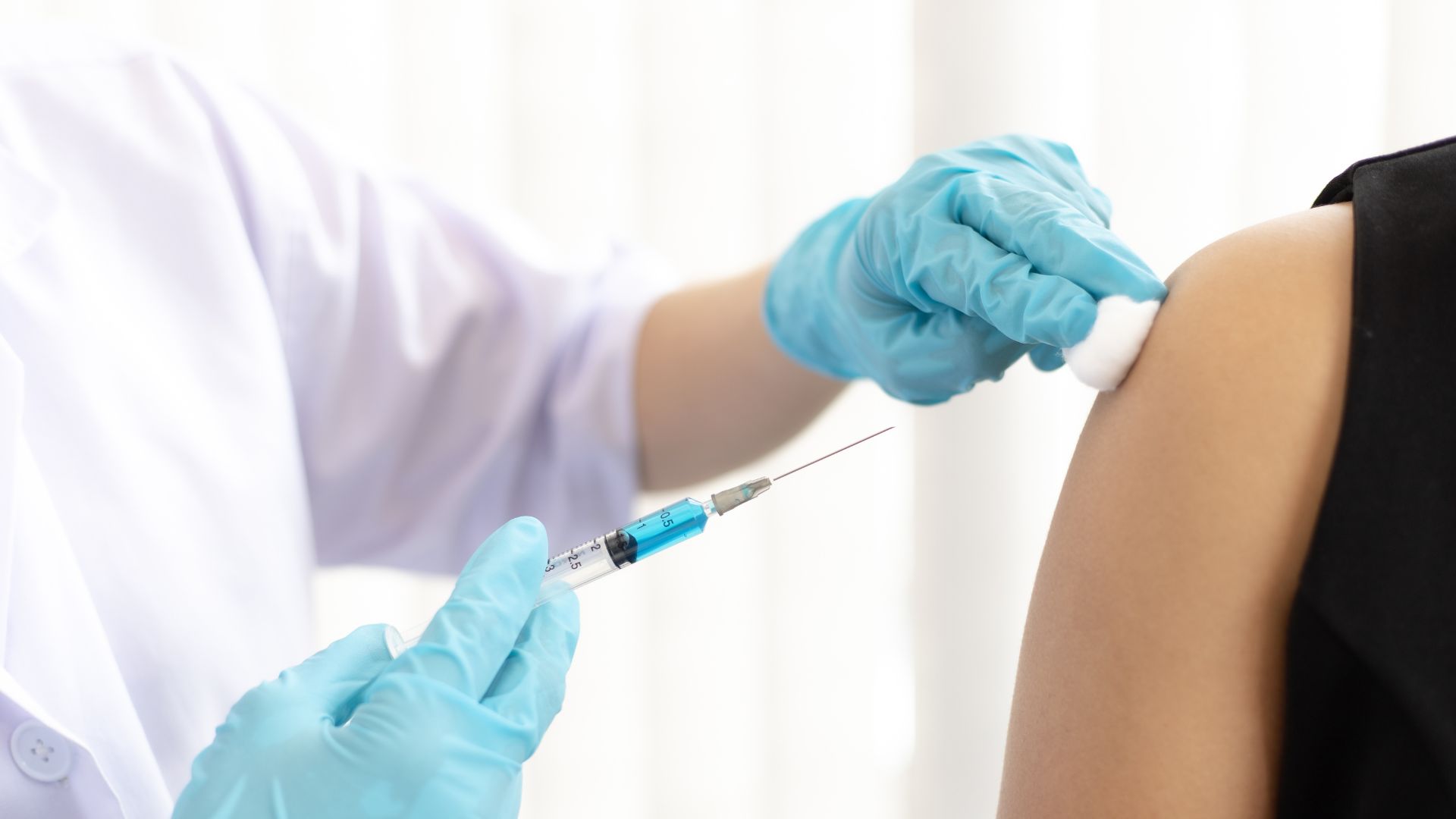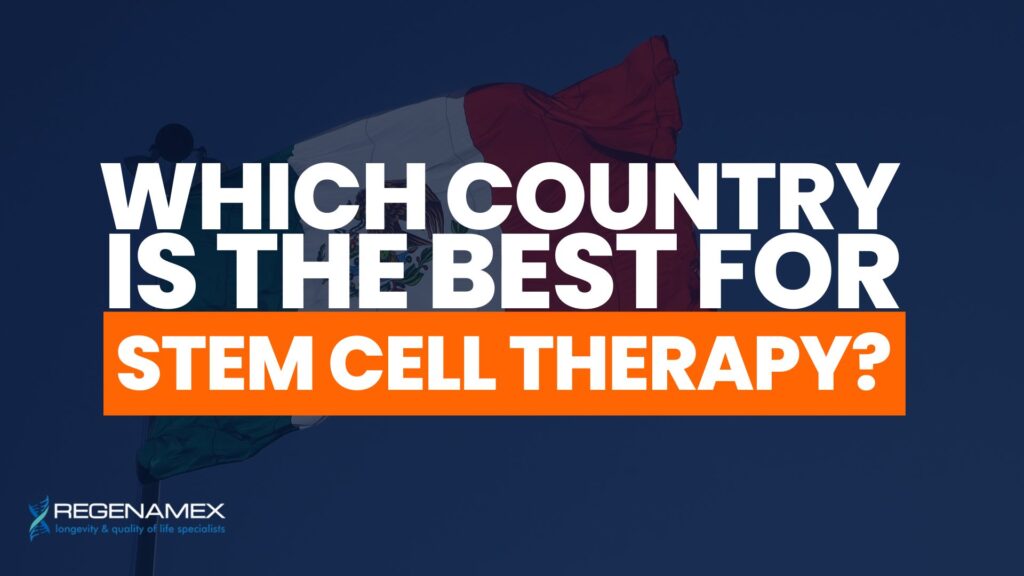
Which Country Is the Best for Stem Cell Therapy?
Which country is the best for stem cell therapy? This is one of the most frequently asked questions by patients exploring regenerative medicine. With treatment options expanding worldwide, people are searching for the most effective, safest, and affordable country to begin their healing journey. In this in-depth guide, we compare the top countries offering stem cell therapy and reveal why Mexico, and specifically Regenamex, is emerging as the global leader.
What Defines the Best Country for Stem Cell Therapy?
To determine which country is the best for stem cell therapy, several essential criteria should be evaluated and examined thoroughly. The ideal country is not simply the one with the most clinics or the highest technology—it is the place where science, regulation, access, and affordability align to provide a safe, results-driven experience for patients. Factors such as government oversight, the type and quality of stem cells used (particularly mesenchymal stem cells from Wharton’s jelly and placental sources), the ability to travel and schedule with ease, and the reputation of the medical team and protocols all come into play. Additionally, real-world patient outcomes, long-term success stories, and ethical practices surrounding cell sourcing must also be considered to truly determine which destination leads the world in regenerative medicine.
Regulation and Oversight: Countries with established regulatory bodies like COFEPRIS in Mexico ensure safety and quality control.
Stem Cell Sources and Quality: Countries using mesenchymal stem cells (MSCs) from ethically sourced placental and Wharton’s jelly tissues offer better outcomes.
Treatment Accessibility: Minimal red tape and ease of scheduling make therapy more attainable.
Cost vs. Value: Affordable pricing with transparent cost structures is critical.
Clinical Expertise: Experienced doctors, modern facilities, and personalized protocols are key.
Patient Outcomes: Verified success stories and long-term results are crucial indicators.
Let’s explore how top countries perform across these categories.
Top Countries for Stem Cell Therapy
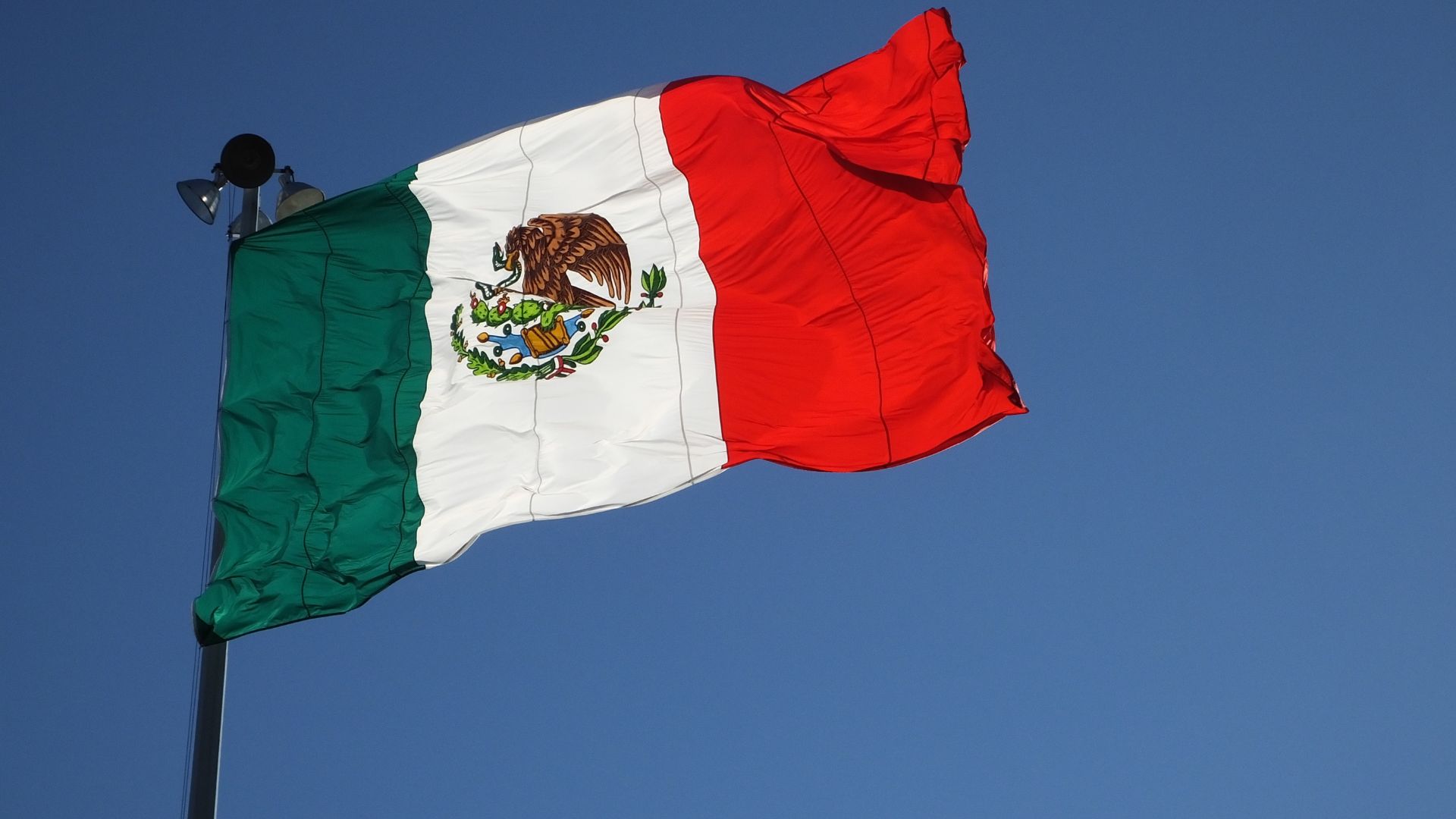 1. Mexico
1. Mexico
Mexico stands out as the best country for stem cell therapy for several compelling reasons. Its COFEPRIS-regulated system ensures that treatments are both legally compliant and grounded in scientific integrity. Clinics like Regenamex benefit from this regulatory clarity, allowing them to deliver highly advanced therapies using mesenchymal stem cells derived from placental and Wharton’s jelly sources—widely recognized as the safest and most effective in regenerative medicine. Unlike many countries where stem cell therapies are either unavailable, prohibitively expensive, or heavily restricted, Mexico offers an ideal combination of affordability, accessibility, and medical excellence. Patients receive individualized care from highly trained professionals, often at a fraction of the cost compared to the U.S. or Europe, without sacrificing quality. Additionally, the ease of travel to Mexico, especially from North America, and the presence of English-speaking staff, make it a preferred destination for international patients. When it comes to balancing innovation, patient outcomes, and cost, Mexico—and specifically Regenamex—clearly leads the way.
Pros:
Notable Clinic:
Regenamex – Internationally trusted, transparent pricing, and high patient satisfaction.
 2. Panama
2. Panama
Panama has a strong history in stem cell research and was once seen as a pioneering destination in the field, particularly through clinics that attracted international attention in the early 2000s. The country played a vital role in bringing mesenchymal stem cell (MSC) therapy to the mainstream medical tourism market and has contributed significantly to early research efforts. However, over time, Panama’s leadership position has waned due to a combination of high treatment costs, limited protocol customization, and less innovation compared to newer centers of excellence like Mexico. While the scientific foundation remains solid, many patients have found the pricing structure and inflexible treatment options less appealing, especially when compared to more advanced and patient-centric programs offered by clinics like Regenamex in Mexico.
Pros:
Early pioneer in MSC therapy
Cons:
Average costs exceed $25,000
Fewer modern treatment options
Limited customization
 3. Germany & Switzerland
3. Germany & Switzerland
These countries offer scientifically advanced treatment options within strict EU frameworks, which emphasize rigorous clinical oversight, patient safety, and ethical sourcing of biological materials. Germany and Switzerland in particular have earned reputations for excellence in medical research and precision healthcare. Their clinics often collaborate with academic institutions and are staffed by highly trained specialists operating under stringent regulatory environments. However, despite their strengths, these countries present several challenges for international patients: limited accessibility to mesenchymal stem cell therapies outside of clinical trials, extremely high treatment costs often exceeding $50,000, and a lack of flexibility in treatment customization. While they may be suitable for research-driven or highly specific cases, they are generally not the most practical choice for patients seeking affordable, timely, and broadly accessible regenerative care. In contrast, Mexico offers similar scientific standards with far greater access and affordability.
Pros:
High standards for care
Cons:
Costs can exceed $50,000
Limited access to MSCs without trials
 4. United States
4. United States
Although a leader in biotech and home to some of the most advanced research institutions in the world, the U.S. severely restricts access to stem cell therapy due to stringent FDA regulations. While American scientists are making significant breakthroughs in cellular medicine, the path to approved treatments is often slow, limited, and expensive. Most regenerative therapies are categorized as experimental or investigational, meaning patients can only access them through highly selective clinical trials or out-of-pocket payments at specialized private clinics. Additionally, therapies using allogeneic mesenchymal stem cells—such as those derived from Wharton’s jelly or placenta—are not widely available due to regulatory constraints. As a result, many U.S. patients look abroad for access to therapies that are already approved and offered safely in countries like Mexico. Despite the technological capacity, the U.S. remains an inaccessible environment for patients seeking timely, affordable, and effective stem cell therapy solutions.
Cons:
FDA limits stem cell therapy to select uses
Most regenerative treatments remain unavailable
Insurance rarely covers treatment
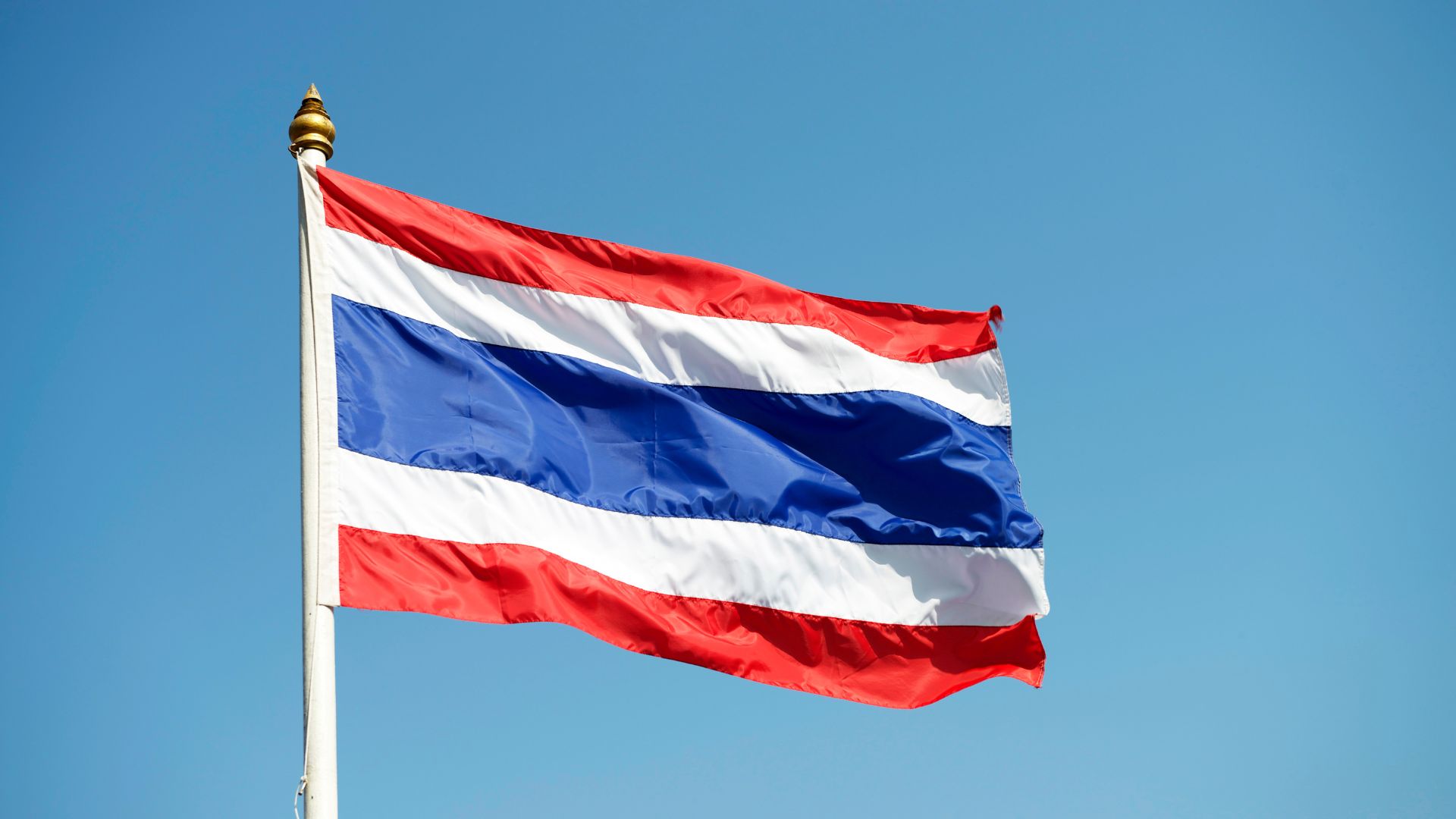 5. Thailand
5. Thailand
Known for its advanced private hospitals and a thriving medical tourism industry, Thailand is attracting international medical travelers seeking cosmetic procedures, anti-aging treatments, and orthopedic applications. The country offers modern infrastructure, competitive pricing, and highly trained healthcare providers, especially in major hubs like Bangkok and Phuket. While some clinics have adopted stem cell therapy as part of wellness or aesthetic programs, the field remains relatively fragmented. Regulatory frameworks are still evolving, and not all providers offer the same quality of mesenchymal stem cells (MSCs), especially from sources like Wharton’s jelly or placenta. Additionally, transparency in cell sourcing and treatment protocols can vary greatly between clinics. For patients seeking rigorous clinical protocols, full transparency, and proven outcomes in conditions such as autoimmune disease or neurological disorders, countries like Mexico—particularly Regenamex—offer more advanced and regulated options. Nonetheless, Thailand continues to grow as a secondary destination for stem cell applications, especially when combined with luxury recovery experiences.
Pros:
Established medical tourism sector
Cons:
Inconsistent regulatory environment
MSC sourcing transparency varies
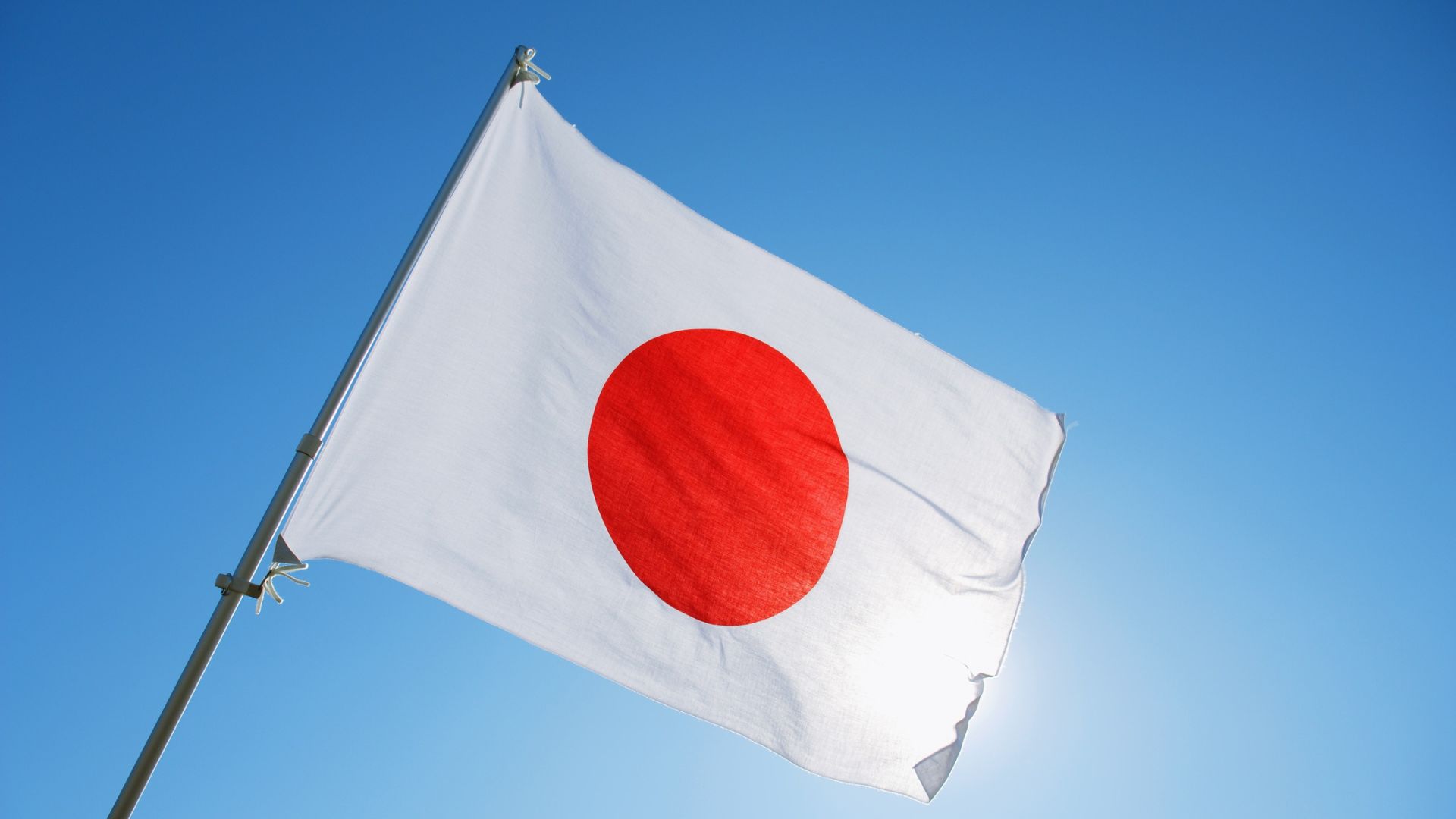 6. Japan
6. Japan
Japan is pushing boundaries in clinical stem cell research and has been a pioneer in developing fast-track approval pathways for regenerative medicine since 2014. With strong government support, the country has become a hub for innovation in therapies addressing complex neurological, autoimmune, and degenerative diseases. Japanese clinics often partner with university hospitals and pharmaceutical companies to develop cutting-edge solutions, particularly for age-related and chronic conditions. However, access to these therapies remains highly restricted, especially for international patients. Most treatments are confined to clinical trials or offered only to Japanese residents, and private treatment costs are often prohibitively high. While Japan continues to make scientific strides, the limited availability and exclusivity of its therapies make it an impractical choice for most foreign patients seeking accessible and affordable care. In contrast, countries like Mexico provide similar clinical innovation with fewer restrictions and greater openness to global patients.
Pros:
Cutting-edge research
Cons:
Most therapies in trial phases
Very expensive and hard to access
Why Mexico and Regenamex Are Leading the World
Regenamex has emerged as a global frontrunner in regenerative therapy due to its unwavering commitment to personalized, results-driven care backed by the highest standards in stem cell science. The clinic distinguishes itself through its exclusive use of ethically sourced mesenchymal stem cells from Wharton’s jelly and placental tissue—proven to be the safest and most regenerative. Regenamex’s protocols are not only evidence-based but also tailored to each patient’s medical history and goals, making treatments far more effective than generic programs found elsewhere. With a strong regulatory foundation through COFEPRIS, fully bilingual staff, and locations designed to serve international patients, Regenamex offers a seamless experience that blends world-class care with unmatched affordability. From orthopedic conditions to autoimmune diseases and chronic inflammation, Regenamex continues to deliver consistent, life-changing outcomes that rival the best clinics worldwide.
Ethical Stem Cell Sources
Regenamex only uses Wharton’s jelly and placental-derived MSCs, widely recognized in scientific literature and clinical studies as the safest, most potent, and most regenerative type of mesenchymal stem cells. Unlike stem cells harvested from bone marrow or adipose tissue, which may lose potency with age and require invasive extraction procedures, Wharton’s jelly and placental MSCs are abundant, youthful, and non-invasive to collect. These stem cells possess superior anti-inflammatory, immunomodulatory, and tissue-regenerative properties, making them ideal for a wide range of conditions, from orthopedic injuries to autoimmune disorders and neurological degeneration. The high yield, safety profile, and consistent therapeutic results from these sources set Regenamex apart from clinics using outdated or less effective cell types. Unlike others that may cut costs with inferior sources, Regenamex is committed to excellence through every stage of therapy—from sourcing and laboratory testing to clinical delivery.
Non-invasive to collect
Rich in regenerative markers
Clinically versatile
Personalized, Doctor-Supervised Treatment
Each therapy plan is created based on patient history and medical evaluation. Options include:
IV infusions
Localized joint injections
Spinal or neurological applications
Transparent Pricing
Joint-specific treatments: from $2,500
Full-body protocols: $7,500–$12,000 No hidden fees. No upsells. Just honest, affordable healing.
Easy Access for International Patients
Locations in Puerto Vallarta and Tijuana
English-speaking staff
Airport pickup and personalized care
Real People, Real Transformations
Patients from around the world choose Regenamex for:
Joint pain relief, including knee osteoarthritis and hip degeneration
Neurological support for Parkinson’s and MS
Read more patient stories and contact Regenamex to begin your healing.
Final Verdict: Which Country Is Best?
So, which country is the best for stem cell therapy? When you evaluate all the critical factors—clinical outcomes, regulatory integrity, affordability, accessibility, patient satisfaction, and stem cell quality—Mexico is the clear answer. The country not only offers top-tier medical care at a fraction of the cost of U.S. or European clinics, but it also excels in regulatory transparency and patient experience. Among all Mexican clinics, Regenamex shines brightest as the gold standard in regenerative medicine. With its ethically sourced Wharton’s jelly and placental stem cells, COFEPRIS-approved protocols, and a proven track record of life-changing outcomes, Regenamex offers a level of care and innovation that places it at the very top of global stem cell therapy providers. Whether you’re seeking relief from chronic pain, an autoimmune disorder, or age-related degeneration, Regenamex delivers transformative results rooted in science and compassion.
FAQs: Where Is the Best Place in the World for Stem Cell Therapy?
Mexico is considered the best country for stem cell therapy due to its advanced medical infrastructure, affordable pricing, and COFEPRIS-regulated clinics like Regenamex that use mesenchymal stem cells from Wharton's jelly and placenta.
Yes. Stem cell therapy is legal and regulated in Mexico under COFEPRIS, the Mexican equivalent of the FDA, ensuring patient safety and ethical clinical practices.
Regenamex offers ethically sourced, high-quality mesenchymal stem cells with customized treatment protocols, transparent pricing, and facilities in Puerto Vallarta and Tijuana, serving global patients.
Treatment at Regenamex starts at $2,500 USD for joint therapies and ranges from $7,500–$12,000 USD for full-body or chronic condition protocols.
Patients seek treatment for joint pain, autoimmune diseases (e.g., lupus, RA), neurological conditions (e.g., Parkinson’s, MS), long COVID, and chronic inflammation.
Yes. Regenamex uses mesenchymal stem cells derived from Wharton’s jelly and placenta, which are non-invasive to collect, highly potent, and clinically validated for safety and effectiveness.
While the U.S. heavily restricts stem cell therapies, Mexico allows safe, regulated access to MSC-based treatments at a much lower cost without the need for clinical trial enrollment.
Yes. Clinics like Regenamex are located in safe, tourist-friendly cities such as Puerto Vallarta and Tijuana, and they cater to international patients with concierge services and bilingual medical teams.

